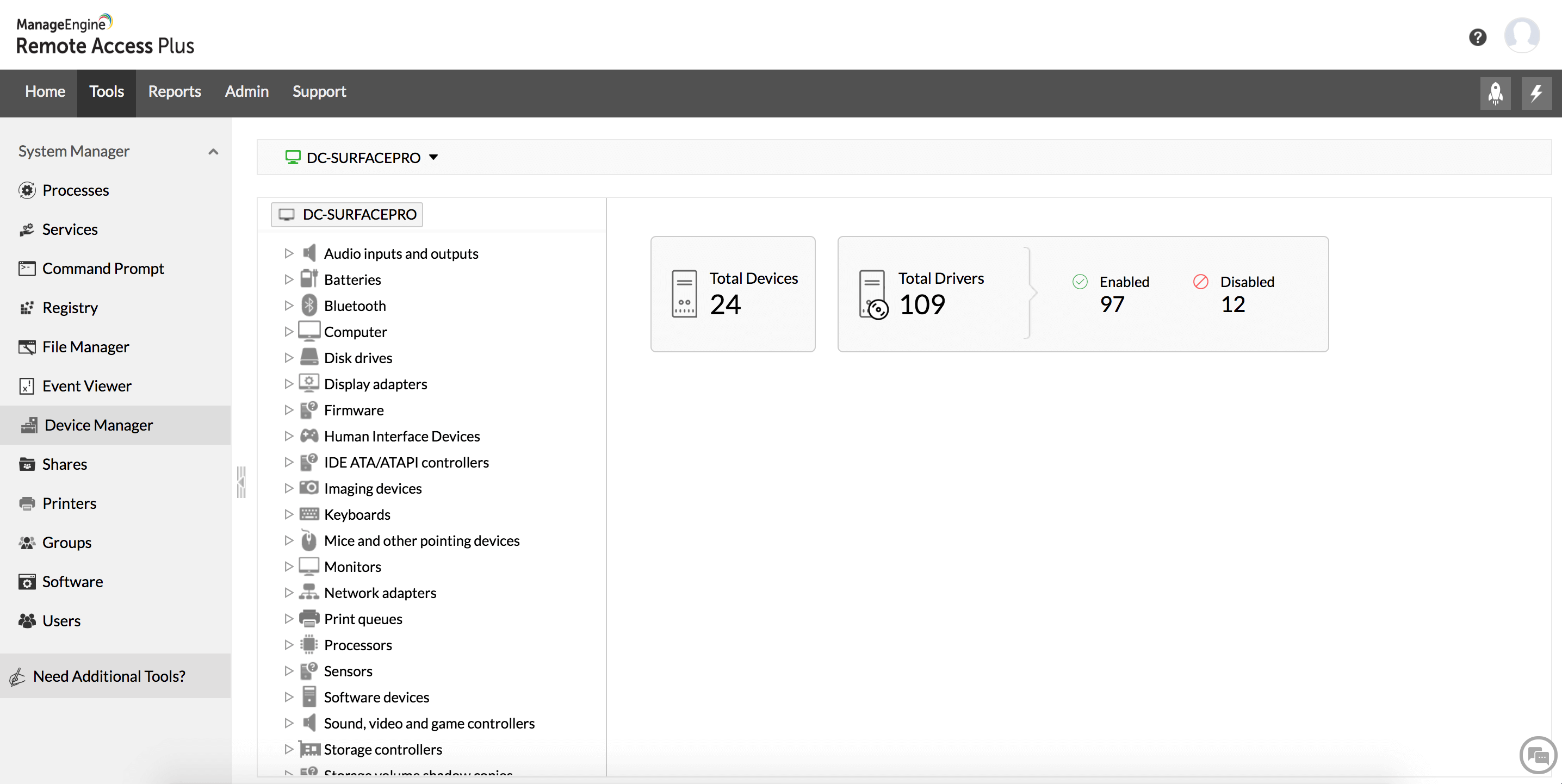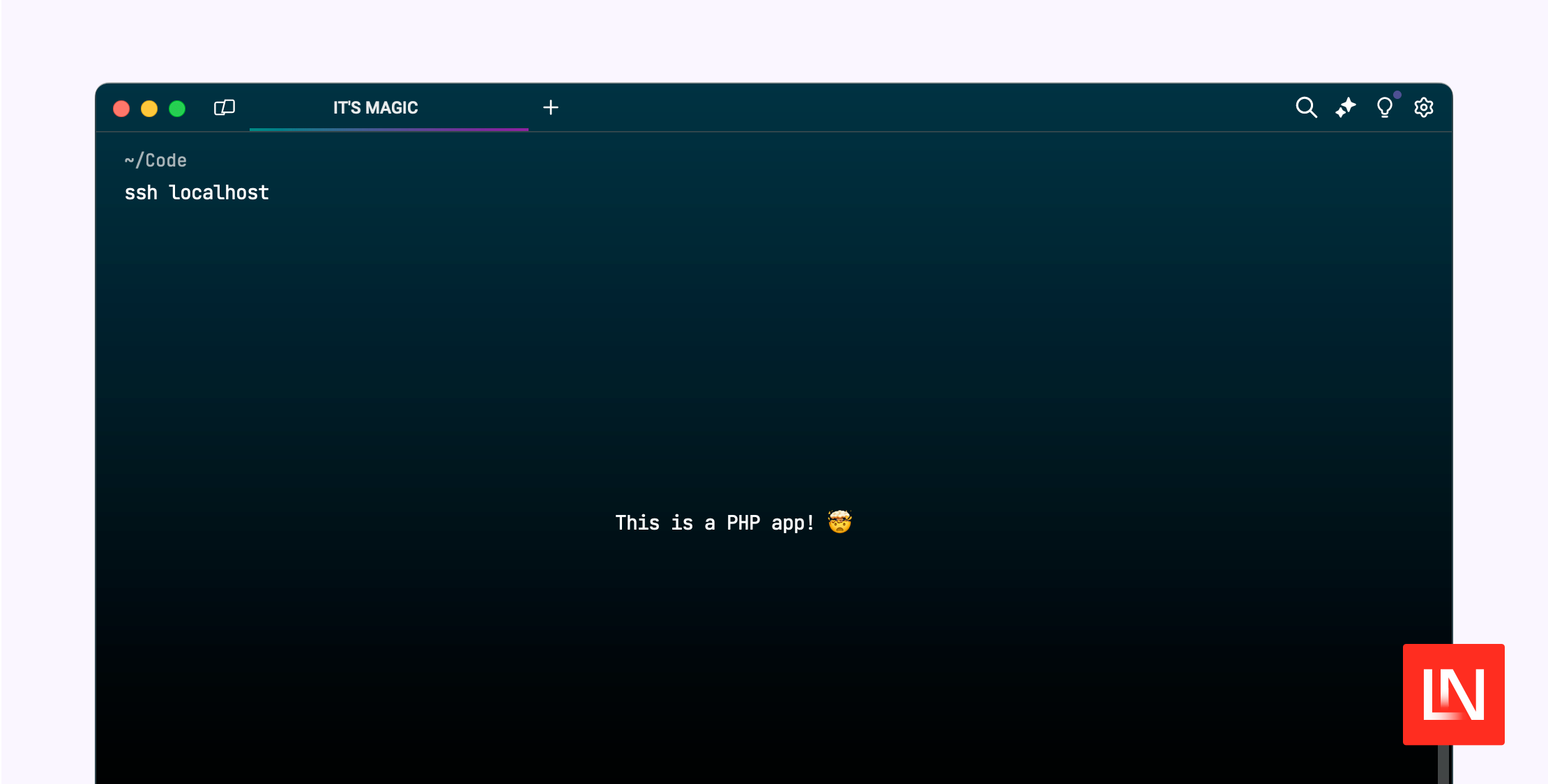Are you ready to dive into the world of remote device SSH? Whether you're a tech enthusiast, developer, or just someone trying to understand how secure remote access works, this guide is here to break it all down for you. Imagine being able to control your devices from anywhere in the world with just a few commands. Sounds cool, right? Well, that's exactly what SSH (Secure Shell) allows you to do. Let’s get started and unravel the magic of remote device SSH!
In today's digital age, remote work has become the norm. Businesses, developers, and IT professionals rely heavily on tools that allow them to manage systems and servers without being physically present. This is where SSH comes into play. It’s not just a tool; it’s a lifeline for anyone needing secure and reliable access to remote devices.
But hold up—what exactly is SSH, and why should you care? Well, SSH is more than just a protocol; it’s a secure way to communicate with remote machines. It encrypts your data, ensuring that no one can snoop on your activities while you’re managing your systems. In this article, we’ll explore everything you need to know about remote device SSH, from the basics to advanced techniques. Let’s roll!
- Is Rapper Special Ed Ethnicity A Hot Topic Lets Dive In
- Ernest Borgnine The Imdb Legend Who Left An Indelible Mark On Hollywood
What is SSH and Why Does It Matter?
SSH, or Secure Shell, is a cryptographic network protocol designed to provide secure access to remote devices over an unsecured network. Think of it as a digital lock that keeps your data safe while you’re accessing your devices remotely. It’s not just about convenience; it’s about security. With SSH, you can execute commands, transfer files, and even set up secure tunnels—all from the comfort of your desk.
Here’s why SSH matters:
- It encrypts all communication between your local machine and the remote device.
- It offers authentication mechanisms to ensure only authorized users can access the system.
- It’s widely supported across various platforms, making it a universal solution for remote access.
Nowadays, with cyber threats becoming more sophisticated, having a secure method to access your devices remotely is crucial. SSH provides that peace of mind, ensuring that your data remains protected even in the most vulnerable environments.
- Unveiling The Truth The Tragic And Inspiring Story Of The 1972 Andes Crash Site
- Christina Net Worth The Untold Story Behind Her Financial Empire
How Does SSH Work?
Understanding how SSH operates is key to mastering its use. At its core, SSH establishes a secure connection between two devices using encryption and authentication. Here’s a simplified breakdown of how it works:
When you connect to a remote device via SSH, the following steps occur:
- The client (your local machine) initiates a connection to the server (remote device).
- The server responds with its public key, which the client uses to verify the server’s identity.
- Once the server is authenticated, the client sends its credentials (usually a username and password or an SSH key).
- If the credentials are valid, a secure session is established, allowing you to execute commands on the remote device.
This process ensures that both parties are who they claim to be and that all communication is encrypted, making it nearly impossible for hackers to intercept your data.
Benefits of Using Remote Device SSH
Why bother with SSH when there are other ways to access remote devices? Here are some compelling reasons:
Security
Security is the top priority for SSH. Unlike other protocols, SSH encrypts all data transmitted between the client and server. This means that even if someone manages to intercept your connection, they won’t be able to decipher the information being sent.
Flexibility
SSH is incredibly versatile. You can use it to execute commands, transfer files using SCP (Secure Copy Protocol), or even set up tunnels for secure communication. Its flexibility makes it an indispensable tool for anyone working with remote systems.
Platform Independence
Whether you’re using Windows, macOS, or Linux, SSH is supported across all major platforms. This cross-platform compatibility ensures that you can manage your devices no matter what operating system you’re running.
Setting Up SSH for Remote Access
Ready to set up SSH on your devices? Let’s walk through the process step by step:
Install SSH on Your Server
Before you can access a remote device via SSH, you need to ensure that the SSH server is installed and running. On most Linux distributions, you can install the SSH server using the following command:
sudo apt-get install openssh-server
Once installed, make sure the service is running by typing:
sudo systemctl start ssh
Connect to the Remote Device
Connecting to a remote device is as simple as running the following command in your terminal:
ssh username@remote_device_ip
Replace username with your actual username and remote_device_ip with the IP address of the remote device. If everything is set up correctly, you’ll be prompted to enter your password, and voila—you’re in!
SSH Keys: Enhancing Security
Using passwords for SSH authentication is convenient, but it’s not the most secure method. That’s where SSH keys come in. SSH keys provide a more secure way to authenticate your identity without needing to enter a password every time you connect.
Generating SSH Keys
To generate an SSH key pair, run the following command:
ssh-keygen -t rsa -b 4096
This will create a public and private key pair. The public key can be shared with the remote server, while the private key should remain securely on your local machine.
Adding the Public Key to the Server
To allow the server to recognize your public key, you’ll need to add it to the ~/.ssh/authorized_keys file on the remote device. You can do this manually or by using the following command:
ssh-copy-id username@remote_device_ip
Once the key is added, you’ll be able to log in without entering a password.
Common SSH Commands
Now that you’re connected to your remote device, here are some common SSH commands you’ll likely use:
ssh username@remote_device_ip– Connect to a remote device.scp file.txt username@remote_device_ip:/path/to/destination– Transfer files to a remote device.ssh-keygen– Generate SSH keys.ssh-copy-id– Copy your public key to a remote device.
These commands form the foundation of SSH usage and will help you manage your remote devices efficiently.
Troubleshooting SSH Connections
Even the best tools can sometimes give you trouble. Here are some common issues you might encounter when using SSH and how to fix them:
Connection Refused
If you receive a "Connection refused" error, it usually means that the SSH server is not running on the remote device. Check the server status and ensure that it’s up and running.
Permission Denied (Public Key)
This error occurs when the server doesn’t recognize your public key. Double-check that the key has been correctly added to the ~/.ssh/authorized_keys file on the server.
Timeout Errors
Timeout errors often happen when there’s a network issue or the remote device is unreachable. Verify your network connection and ensure that the device’s IP address is correct.
Advanced SSH Techniques
Once you’ve mastered the basics, it’s time to level up your SSH skills. Here are some advanced techniques to explore:
SSH Tunneling
SSH tunneling allows you to create a secure connection between your local machine and a remote server, enabling you to bypass firewalls and access restricted services. To set up a tunnel, use the following command:
ssh -L local_port:destination_host:destination_port username@remote_device_ip
SSH Port Forwarding
Port forwarding is another powerful feature of SSH. It allows you to forward traffic from one port on your local machine to another port on the remote device. This is especially useful for accessing services that are not publicly exposed.
Best Practices for Secure SSH Usage
While SSH is inherently secure, there are still steps you can take to further enhance its security:
- Use SSH keys instead of passwords for authentication.
- Disable root login to prevent unauthorized access.
- Change the default SSH port (22) to a non-standard port to reduce brute-force attacks.
- Regularly update your SSH server to patch any vulnerabilities.
By following these best practices, you can ensure that your SSH connections remain secure and reliable.
Conclusion: Embrace the Power of Remote Device SSH
In conclusion, remote device SSH is an invaluable tool for anyone needing secure and efficient access to their systems. From its robust security features to its versatility and ease of use, SSH offers a comprehensive solution for managing remote devices.
We’ve covered everything from the basics of SSH to advanced techniques and best practices. Now it’s your turn to put this knowledge into action. Whether you’re a developer, IT professional, or just someone looking to enhance their tech skills, mastering SSH will open up a world of possibilities.
So, what are you waiting for? Dive in, experiment, and unlock the full potential of remote device SSH. And don’t forget to share your experiences and tips in the comments below. Happy SSH-ing!
Table of Contents
- What is SSH and Why Does It Matter?
- How Does SSH Work?
- Benefits of Using Remote Device SSH
- Setting Up SSH for Remote Access
- SSH Keys: Enhancing Security
- Common SSH Commands
- Troubleshooting SSH Connections
- Advanced SSH Techniques
- Best Practices for Secure SSH Usage
- Conclusion: Embrace the Power of Remote Device SSH
- Christina Net Worth The Untold Story Behind Her Financial Empire
- Bryan Adams Birth The Story Of A Rock Legends Beginnings


